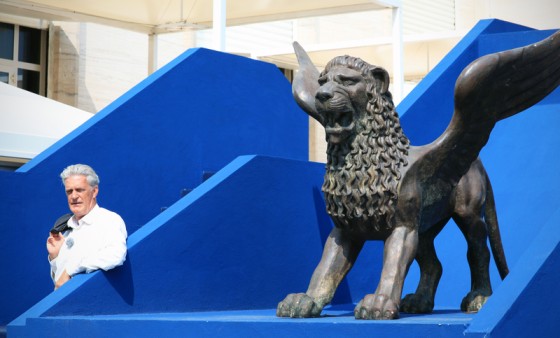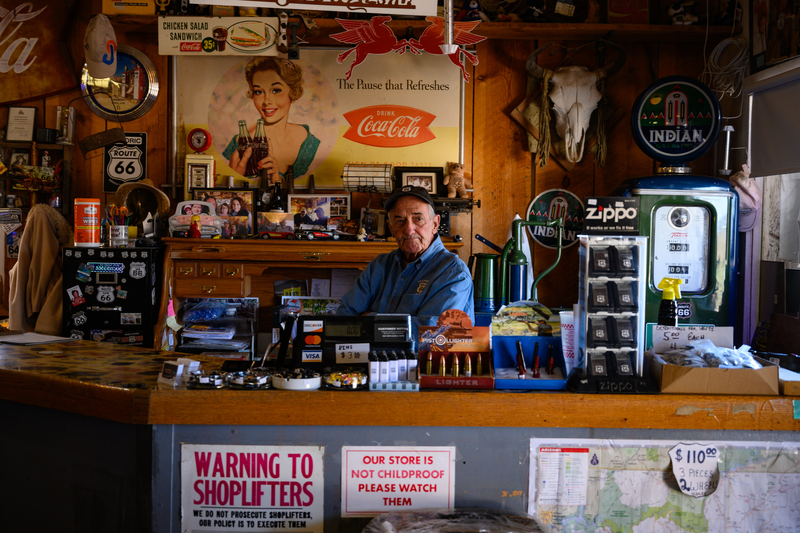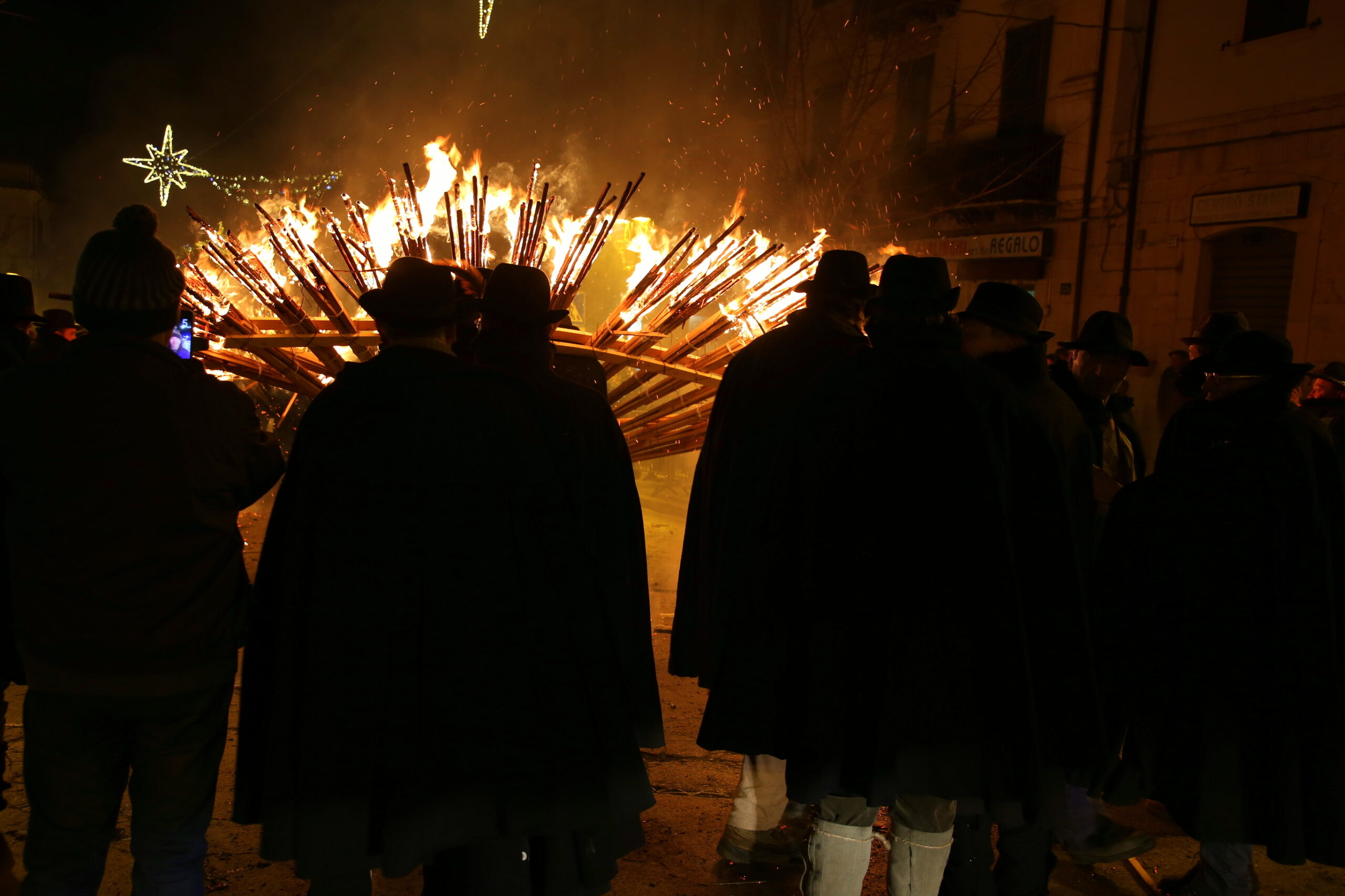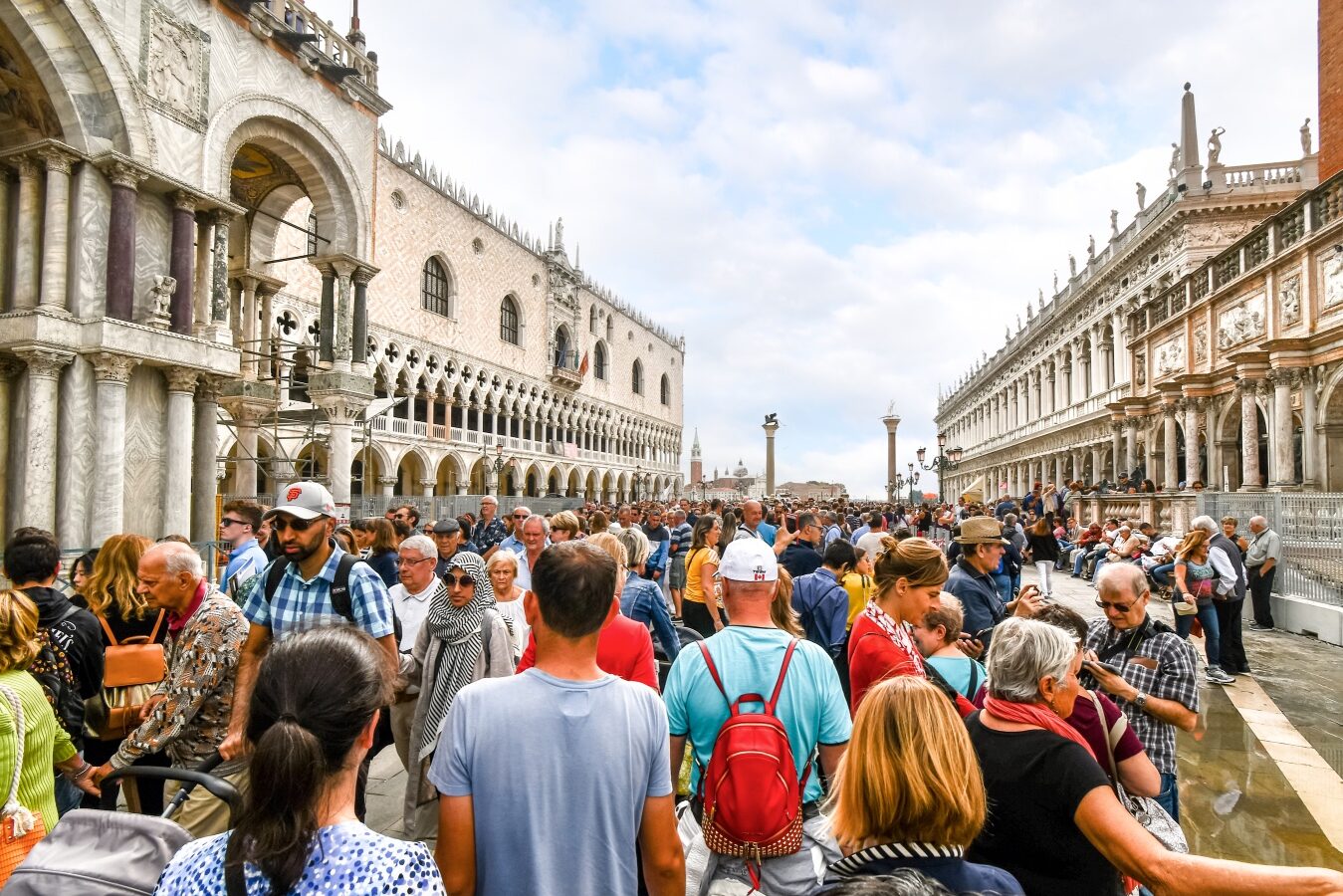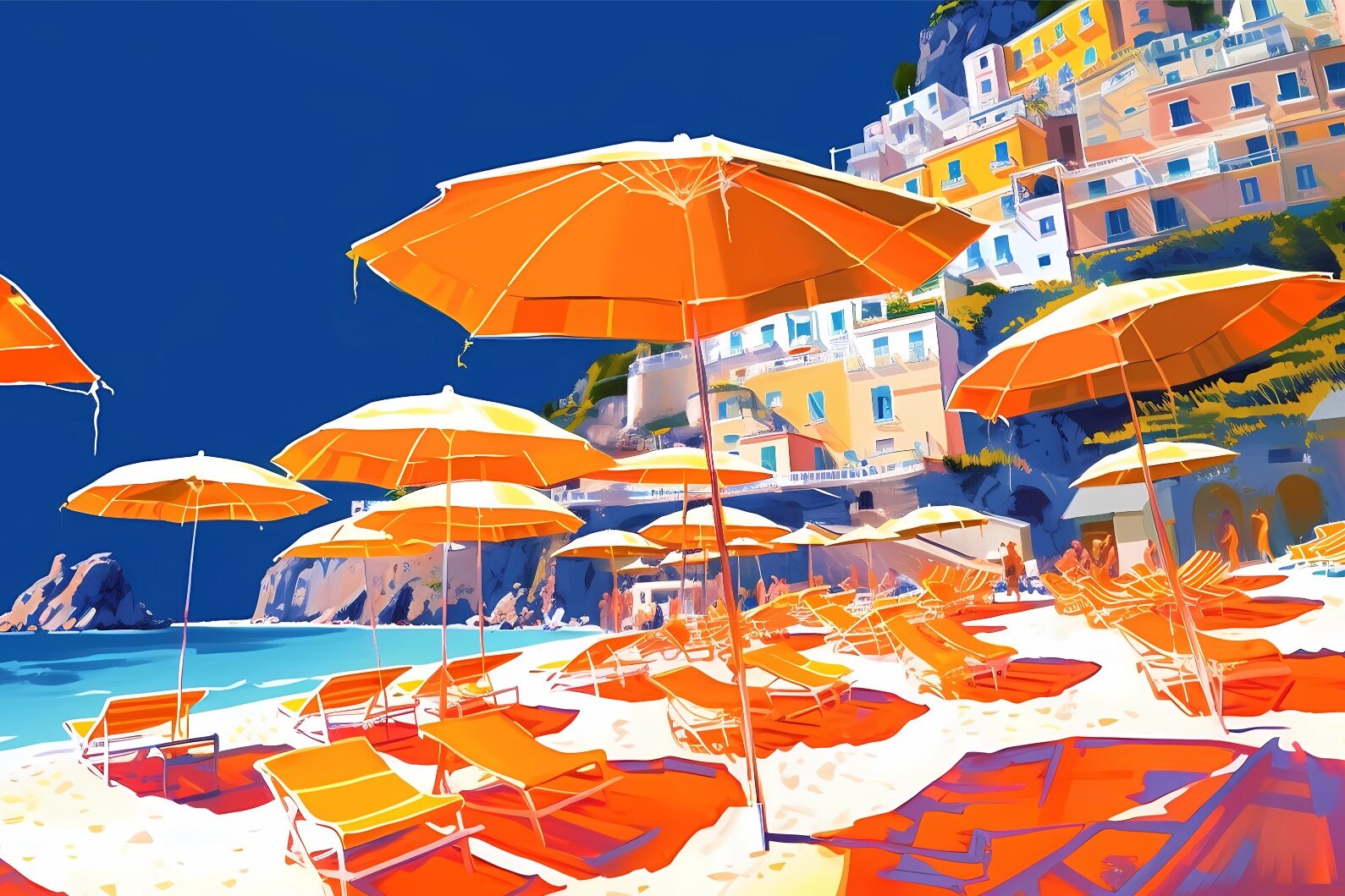90 years of age are a great achievement, especially when considering the foresight and vision of those who had the intuition to bet everything on the Seventh Art which, back then, was an artistic Avant-Garde still moving its first steps.
The Mostra Internazionale del Cinema di Venezia was born in 1932; the first edition took place from the 6th to the 21st of August, stealing some attention away from the Olympic Games in Los Angeles, but also carrying across the ocean the wave of revolution the silver screen had created in our culture. In California, Walt Disney’s Flowers and Trees was screened: it was the first cartoon in Technicolor, and it was to win the first Oscar for best animated short. At the same time, the experimental comedy Strange Interlude by Eugene O’Neill and starring Norma Shearer and Clark Gable was making its appearance in cinemas across the country.
On the 6th of August 1932, the Venetian lagoon lights up with the images of Rouben Mamoulian’s Dr. Jekyll and Mr. Hyde, distributed by Metro-Goldwyn-Mayer. It had been released in the US on the 31st of December 1931, with the Los Angeles Times defining it as “The greatest of all silver screen’s masterpieces, a passionate, vibrant document that shines thanks to its screenplay, acting, and direction.” After that, on the magnificent terrace at the Hotel Excelsior on the Lido – where this first screening was followed by an elegant ball – came movies that were to become classics of cinematic history: It Happened One Night by Frank Capra, Grand Hotel by Edmund Goulding, The Champ by King Vidor, Frankenstein by James Wale, Zemlja by Aleksandr Dovzenko, Gli Uomini che Mascalzoni by Mario Camerini, A Nous la Liberté by René Clair. All the stars of those years were there: from Greta Garbo to Clarke Gable, from Frederic March to Wallace Beery, from Norma Shearer to James Cagney, from Ronald Colman to Loretta Young, from John Barrymore to Joan Crawford, all the way to Vittorio De Sica. Together, they brought more than 25,000 people to the Lido. An incredible, stratospheric number if we think there weren’t any social media or influencers and no television or broadcasting.
In that first edition, there wasn’t even an official competition, but only a public vote (which was to choose, among other categories, also the best actress and best actor, and the directors of the “most touching” and “most original” movies, as well as that with “the best technical characteristics”) that awarded Soviet director Nikolaj Ekk for Putevka v Zizn and René Clair’s A Nous la Liberté as the funniest movie. Dr. Jekyll was to obtain two awards, even though not official: one for the most original movie and one for best actor, which went to Fredric March. His screen makeup (created by Wally Westmore, with ape-like features and protruding teeth) was to largely influence the way Hyde was represented in comics from then on, and March went on to win the Oscar for best actor.
The first Italian movie was Gli Uomini, che Mascalzoni by Mario Camerini, which was presented on the 11th of August 1932 and shown again last July to celebrate the 90th birthday of the Festival, with the director’s daughter in the audience. Back then, “this comic-sentimental, youth-scented and gracefully narrated comedy,” as it is described in the Enciclopedia del Cinema Morandini-Dizionario dei Film 2000, was an enormous success, and not only in Italy. It propelled Vittorio De Sica, then known as a comedy stage actor, to stardom, made Parlami d’Amore Mariù (sang by De Sica himself) a success, and represented an important moment of innovation for Italian cinema, because of the revolutionary choice of shooting outdoors instead of theaters.
Among the directors who took part in that first edition, we can mention great names like Ernst Lubitsch, Howard Hawks, George Fitzmaurice, Maurice Tourner, and Anatol Litvak. And we shouldn’t forget that the “father” of cinema, Louis Lumière, was part of the Honorary Committee. That first season of success tells us, today, about the air of innovation that was permeating the world of cinema, about the culture of the early 1900s, able to change society and the way people communicated.
The press mentioned the sensational nature of the event: “Last night – we read on Il Gazzettino, on the 7th of August 1932 – in the large and magnificent hall of the Hotel Excelsior, the first Esposizione Internazionale Cinematografica took place in front of a large yet selected Italian and foreign audience.” But it also gave space to the revolution that was, clearly, taking place under people’s eyes, as we can see in these words, published on the Corriere Padano: “Miriam Hopkins’ legs, which she slowly reveals from under a 19th century’s music-hall-style gown, are one of the most blatant and violent revelations of femininity ever seen on the silver screen.”
On the 8th of November, America was to elect democrat F.D. Roosevelt, but on the previous 8th of July, the Dow Jones Industrial Average had reached the lowest point since the Great Depression, touching a historical low at 41.22. Italy had been living under Mussolini’s fascist régime, but culture and cinema were already showing possibilities for a freer, bolder future.
Today, we like to think we are light years away from that old, slow, narrow world. But it was back then that people understood the importance of looking forward and of how cinema was to revolutionize the way we saw, felt, had fun, learned, and experienced emotions.
